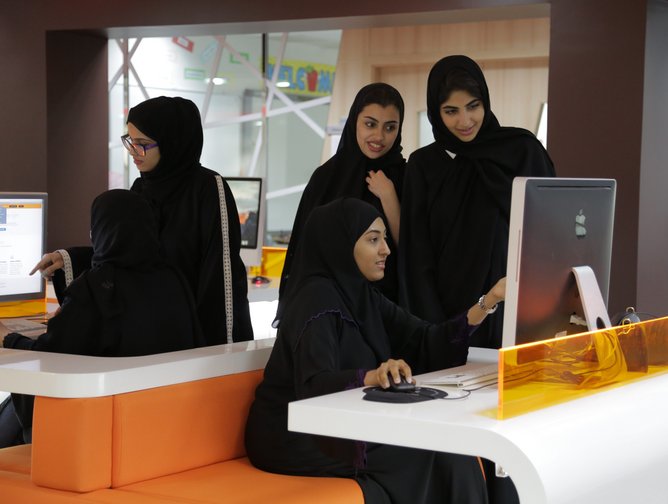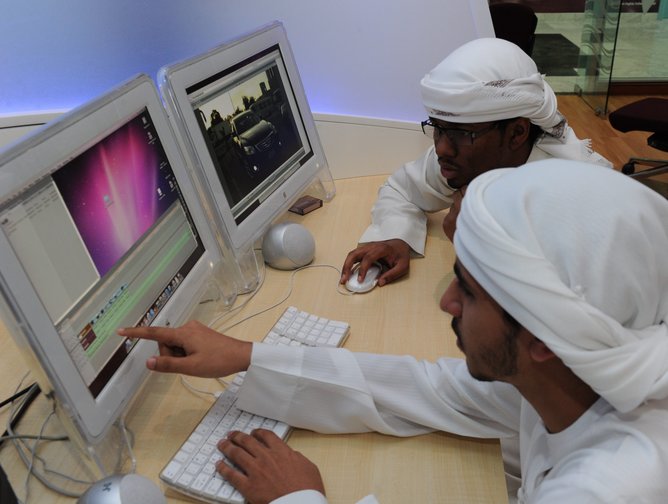Higher Colleges of Technology: unlocking the potential of procurement
With 23,000 students and 16 campuses spread across the United Arab Emirates, the Higher Colleges of Technology (HCT) is the largest applied higher learning institution in the country. Facing the supply chain challenges presented by such a sizeable institution is Mahmoud Al Alawi, Director of Procurement and Contracts.
Since joining the organisation in November 2018, Al Alawi has renewed the focus on having a dedicated and streamlined strategy underpinning HCT’s procurement function. “We’ve discussed how to best ensure procurement is engaged with the management of HCT,” says Al Alawi. “Now, we are part of the strategic decision making of HCT, and I am involved in committees responsible for strategic initiatives.” With the strategic structure clarified, HCT has embarked on a number of progressive and transformative initiatives involving the procurement department. “We are applying international standards, and we have plans to be part of the new 4th Industrial Revolution; implementing a strategic plan, known as ‘HCT 4.0 Employability & Beyond’. We are involved in the management of strategy, from the academic side to the technical or technological side, and we also provide the facilities and the equipment.”
Technology has played a part in ensuring that the procurement department can achieve its goals. Existing systems are undergoing enhancement, with Al Alawi targeting a new enterprise resource planning (ERP) platform. “We are floating a tender in the market for a new ERP system that's integrated between Procurement, Finance and HR. This was one of the decisions that we took after I joined and we’re expecting the tender to be closed by the end of the year.” Currently, HCT is undergoing a programme of digital transformation to decrease existing manual efforts. “As of now, we handle about 50% of our processes manually, with the other 50% automated – but that is not enough for us.”
HCT is also engaging with emerging technologies to improve its capabilities, with a particular focus on artificial intelligence, which is being put to work with an AI system able to register and categorise suppliers. “Instead of having our team check all the activities and the trade licenses, the system does it instead. It will do the necessary matching before advising us whether the company in question complies with the requirements and with the activities that they have mentioned in the registration form.”
Such innovations have required a change in culture, and Al Alawi has taken a considered approach to getting stakeholders on board with the changes. “I believe that engaging the end users with us in the process is the best way to overcome any in-built resistance that they might have. We expected a certain amount of resistance, so we thought that we’d involve them with making the changes, instead of just having them apply it.” Obtaining HCT management approval for the changes wasn’t an issue for Al Alawi. “The leadership was very helpful and supportive. They really believe in what we are doing to transform procurement, and with their support, we’ve managed to change. For example, we’ve reduced the payment term from 60 days to 30 days, which was much appreciated by our vendors.” The change in approach has reaped tangible rewards. “The traditional, paperwork-based process of procurement used to take a long time,” says Al Alawi. “We used to float some tenders and out of the 50 or 60 invited, we would have two or three participants. Now we have more than 70% participation in our floated tenders. Since our partners are part of our success, we are inviting them for an open forum next month to be part of our planning for our 2020 Annual Procurement Plan”.
To reinforce the culture, HCT has systematised what might previously have been a verbal-based approach. “We’ve established four sections to the department,” says Al Alawi. “We have the procurement section, contracts, procurement operations, and vendor management. The whole team knows their responsibilities both within their section, and between the sections within procurement. In this digital age we don't want to purely depend on people, so we’ve built a system and gained approval of all the policies and procedures from senior management. Everything is documented and clear – We even made them illustrated via presentations to make them very easy for anyone to understand.”
The future for HCT holds plenty of promise. Aside from the aforementioned HCT 4.0 strategic plan, the “InnCuVation” Spaces project has seen the creation of state-of-the-art innovation labs in three campuses, with more to come. New approaches to procurement are being developed, with a move to leasing and managed services instead of purchasing. Students are also benefiting from the new approach, with private sector procurement partnerships leading to employment post-graduation, as well as being able to open companies licensed by HCT, which is aligned to the HCT 4.0 foundational pillar of Graduating Companies. Al Alawi, meanwhile, is looking to add more rigour to HCT’s planning in order to unlock the potential in the procurement function. “Instead of an annual plan, we're working on putting in place a two-year plan, then a three-year plan, then a five-year plan. That’s going to make the implementation of our strategy much easier and more controllable in terms of budgeting – it’s among the biggest initiatives and projects that we are working on.”









- Alberto Medina, Founder of Telescope at P&SC LIVE SingaporeDigital Supply Chain
- Why blockchain is vital to managing risk in the supply chainSupply Chain Risk Management
- Blockchain strengthening links in supply chainLogistics
- Ten benefits blockchain brings to supply chainsDigital Supply Chain

